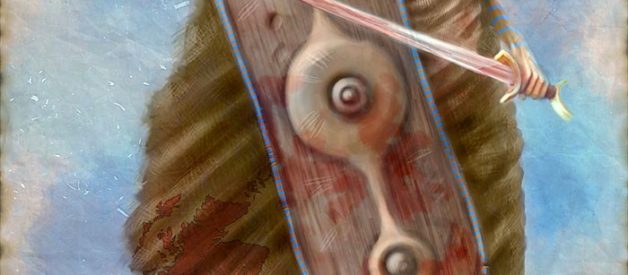and the Roman historians who loved/hated them
Women?s History Month has been upon us for some weeks now and I definitely want to do my part to tout the unsung heroines of yore. And who is more unsung than the women of ancient history? Sadly, that is pretty depressing work as there were few places where women weren?t kept like prisoners, traded like property for power, alliances, or money, treated as no better than broodmares, or even condemned to die in infancy for the terrible crime of being born without a penis.
You just aren?t going to find many that ruled, led armies, or even decided what went on in their own home. Unless you look at IRELAND. Well, you can look at Scotland, Wales, England, and some other scattered parts of Europe. But also IRELAND.
As St. Patrick?s day falls smack in the middle of Women?s History Month (and I just might be Irish), I couldn?t resist talking up those Celtic Women as they had just a little more freedom and even (gasp) power than their sisters around the world, making Ancient Women?s History a mildly less depressing subject.
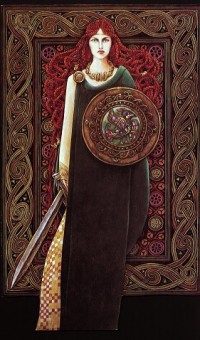
?A Celtic woman is often the equal of any Roman man in hand-to-hand combat. She is as beautiful as she is strong. Her body is comely but fierce. The physiques of our Roman women pale in comparison.? ? Unidentified Roman Soldier
The ancient Celts weren?t what you?d call literate. About the only info you can find on their lifestyle comes from the Romans. As for the women, Roman historians seemed to have a love/hate relationship with them. They admired them, sometimes compared them favorably to their own wives, sisters, mothers, and concubines. But that didn?t mean they wanted their ladies to be more like these wild women. I?m sure they?d have had a harder time keeping them subservient, uneducated, and perpetually pregnant. A shame, though. Rome might not have fallen so hard with a woman?s more practical and diplomatic touch.
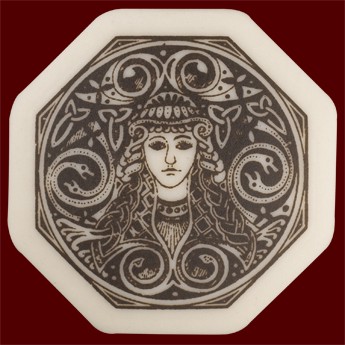
?The women of the Gauls are not only like men in their great stature, but they are a match for them in courage as well.? ? Diodorus Siculus
All the Romans seem to agree that Celtic women were large, definitely taller than Roman women and, some say, larger than most men. I?m sure the height advantage helped when men might have attempted to control them. Just try it, Ginger!

In marriage, they weren?t considered property or ruled by their husbands or even their fathers. Women couldn?t be forced to marry against their will. There was no great status associated with virginity in coming into a marriage, no stigma on remarriage after divorce as marriages were more of a partnership or alliance than a religious ceremony. There could even be year-long trial marriages, easily dissolved when things didn?t work out. Polygamy and even polyandry occurred if that was what was best for the clan.
There were arranged marriages for political alliances or financial gain, but marriages were considered a partnership. Not always an equal one, however. In some societies whoever brought the most livestock into the marriage was considered the head of the family, whether that was the husband or wife! This sometimes led to inter-family feuding as both spouses would try to steal better beasts or even kill off the other?s cattle to establish their dominance.
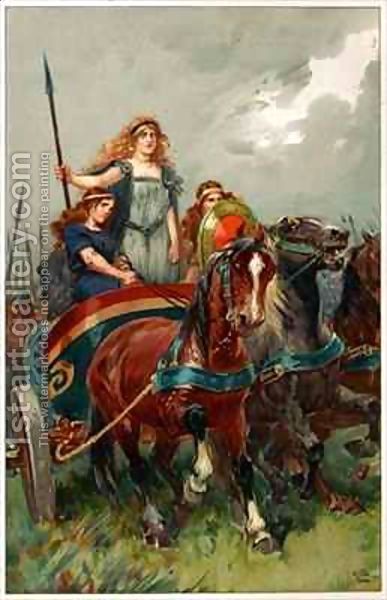 Boudicca in battle
Boudicca in battle
?The women of the Celtic tribes are bigger and stronger than our Roman women. This is most likely due to their natures as well as their peculiar fondness for all things martial and robust. The flaxen haired maidens of the north are trained in sports and war while our gentle ladies are content to do their womanly duties and thus are less powerful than most young girls from Gaul and the hinterlands.? ? Marcus Borealis
Celtic women could choose to be trained as warriors. There were even some who trained warriors themselves. There are are legends about Scathach and Aife, two women (sometimes written as sisters or twin sisters) who owned rival training camps. With Celtic legend, you just never know how much is based in truth. Roman scholars and, after them, Christian scholars tended to turn history to myth to make the Celtic women seem less powerful. But women were allowed to bear arms, train for battle, train others for battle, plan strategy, and fight to the death alongside the men.
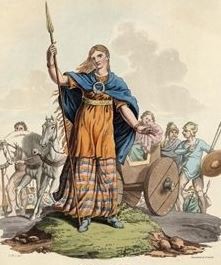 People sure loved painting Boudicca
People sure loved painting Boudicca
?Here the women met them holding swords and axes in their hands. With hideous shrieks of rage they tried to drive back the hunted and the hunters. The fugitives as deserters, the pursuers as foes. With bare hands the women tore away the shields of the Romans or grasped their swords, enduring mutilating wounds.? ? Plutarch
Women didn?t just fight, they ruled! Not that it happened every five seconds. It was still a largely patriarchal society, but women could rule. The most famous outside of myth (that I still contend may be drawn from history) would be Boudicca, also known as Boadicea, and Cartimandua. Boudicca led an uprising against Roman occupiers. She was defeated, either by killing herself to avoid capture or by illness, but not before her followers wreaked havoc in what is now London, destroyed Roman-built temples and homes, and killed tens of thousands.
Cartimandua was a ruler who chose a more diplomatic approach. She kept her people and her position secure by advocating for and working with the Romans. She might not be remembered so fondly by her own people, or oddly enough, by Roman historians, for betraying her people to the Romans. But she ruled and she survived? until she didn?t. There?s no account of how or when she died, but heck! She was a ruler not relegated to legend and myth. I still consider it a check in the win column for Celtic women.
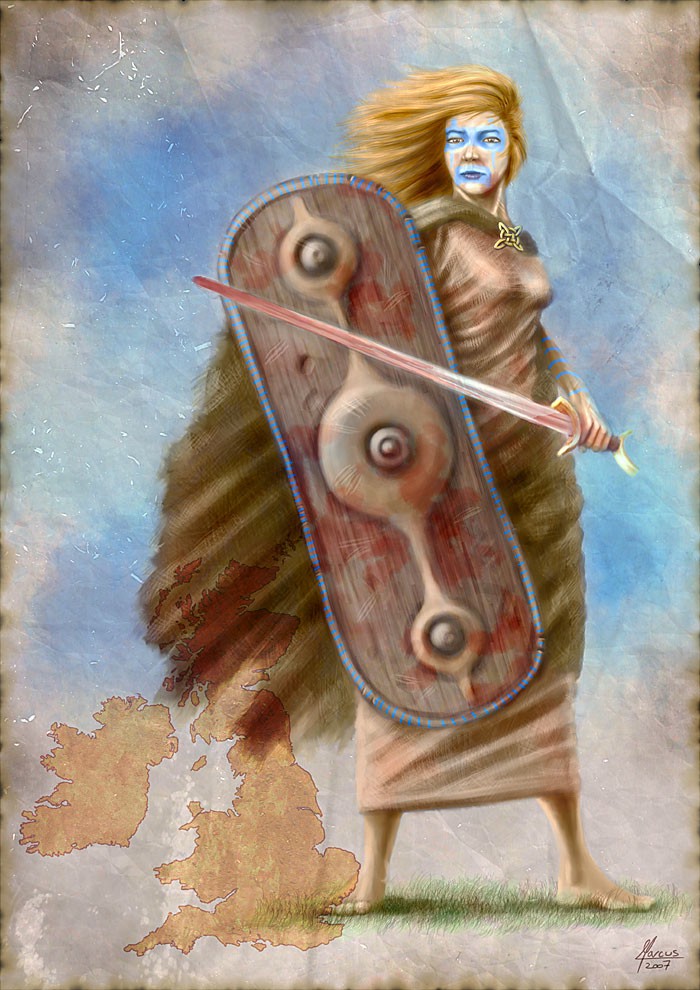 Seriously, it?s hard to find pictures labeled with the word Celtic and woman that are NOT of Boudicca.
Seriously, it?s hard to find pictures labeled with the word Celtic and woman that are NOT of Boudicca.
?A whole band of foreigners will be unable to cope with one [Gaul] in a fight, if he calls in his wife, stronger than he by far and with flashing eyes; least of all when she swells her neck and gnashes her teeth, and poising her huge white arms, begins to rain blows mingled with kicks, like shots discharged by the twisted cords of a catapult.? ? Ammianus Marcellinus
Anciant Celtic women had a certain strength to them. Not that all women, their contemporaries across the globe included, weren?t strong (most had to be with their lot in life). But Celts were allowed to show it, to revel in it, to be praised for it in their time. They weren?t considered second class citizens. They could be educated in religion and weaponry, own and inherit property, keep their finances separate from their husbands? assets, be a force in the military and in politics, seek judgment for crimes against them, and be punished equally to men for equal crimes. There was some equality for them, maybe even more than women over a thousand years later.
So happy Women?s History month, you crazy Celtic ladies! And happy St. Patrick?s Day, too! Honestly, if I just had to live in the Iron age, I?d be happy to join your ranks above all others! Do you take shorties?
Love what you read? Want to follow us closer to get all the latest Legendary Women news? Then sign up for our monthly newsletter and also our Medium collection.
***********
All images (not all of which I could find proper credit for) are property of their respective makers and and used here for illustration and analysis only.
